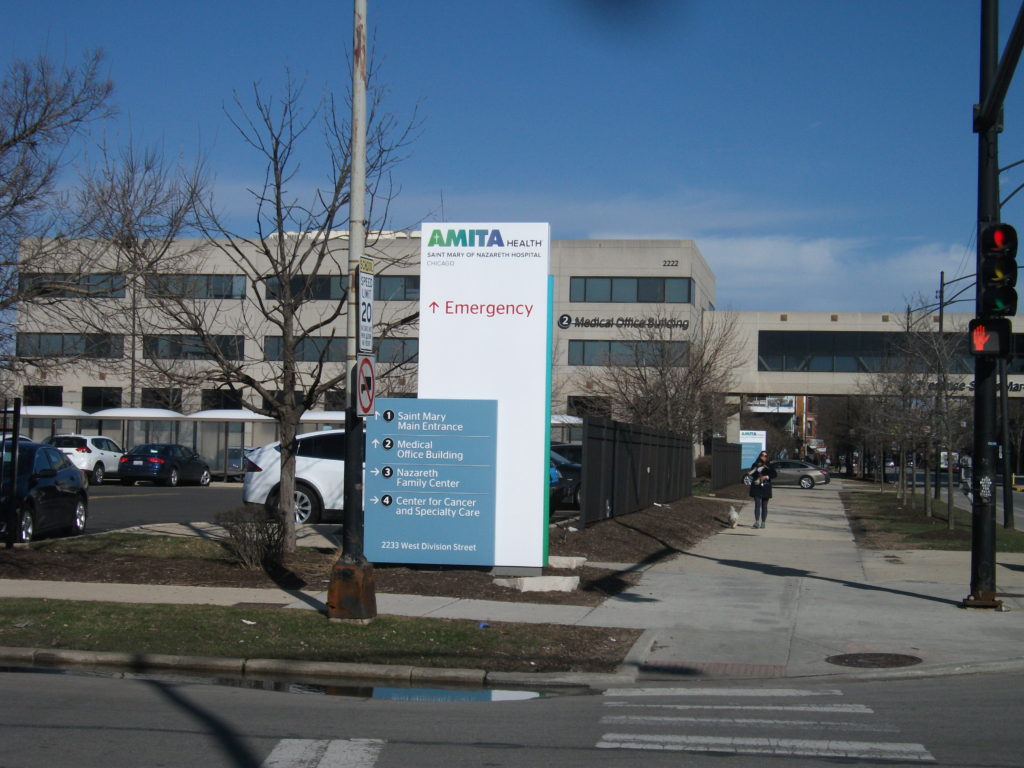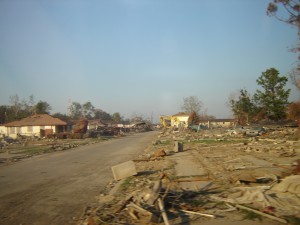On April 29, I will be moderating “Demanding Equity: Planning for Post-Disaster Recovery,” a 45-minute session in a special three-day virtual conference of the American Planning Association, NPC20 @HOME. The online conference is an attempt to replace the experience of the canceled National Planning Conference, which would have taken place in Houston, April 25-28. For the first time in APA history, the annual event will not go forward as planned. Like numerous other conferences, it was untenable to assemble thousands of participants in the middle of the coronavirus pandemic. But it is possible to provide a decent educational opportunity in its place by broadcasting and recording distance learning and letting participants ask questions remotely.
But why do I mention this one session, when APA is offering two dozen? Because it touches on some issues so central to the social and economic impacts of coronavirus, and speaks so directly to what planners and planning can do as we recover from this experience, that I wanted to highlight the subject in this post. It has been said often that the coronavirus does not discriminate. That may be true, but our society has done so and still does, often in ways people are reluctant to consider or admit. The result is that, as happens with most disasters, minorities and low-income people, those with fewer opportunities in life or greater exposure to danger, are disproportionately affected. And so it will be when the histories of this pandemic are written. The evidence is already stark enough for passionate discussion.
To give credit where it is due, the session was the brainchild of Adrian Freund, a veteran, semi-retired planner in Oregon. Before the NPC was canceled, however, Adrian was hospitalized (not because of coronavirus) and realized he would be unable to go to Houston. He reached out through a former president of APA, David Siegel, also of Oregon, to ask me to take over, and I agreed. We are on the same page on this issue. When APA decided to replace NPC with NPC20 @HOME, this was one of the sessions they felt must be included, and I reassembled the speakers to modify our plans for the new format.
All of them have a ton of wisdom to contribute on the subject. Shannon van Zandt is a professor of urban planning and department head at Texas A&M, and has authored numerous articles and led many projects on subjects related to equity in disaster recovery, particularly in the Texas context in which she works. Marccus Hendricks, an assistant professor of planning at the University of Maryland, is a Texas A&M graduate who has focused on infrastructure issues and environmental justice, writing his doctoral thesis on stormwater management in Houston. Chrishelle Palay is director at the HOME Coalition in Houston. Obviously, the panel has strong Texas roots, but there are few states where one can get better insights into the impacts of environmental inequities.
But it is the screaming headlines of the past week that have brought renewed attention to the issue in the context of coronavirus. In Chicago, we have learned that African Americans are dying from the virus at six times the rate of whites. Gary, a predominantly African American city, is the new coronavirus hot spot in Indiana. It is also where it gets personal for me. A 12-year-old granddaughter lives there and, as of yesterday (April 10), appears to have COVID-19 symptoms. Her mother called and was asked not to bring her to a hospital, but to isolate her at home. She will not be tested because, as everywhere else, this nation has not gotten its act together on testing. Will she even be included in the statistics, then, as a known case? Good question. I have no idea how Indiana is tallying such numbers. But she is in for a rough ride in the immediate future, and Gary and surrounding Lake County are certainly not fully prepared.
But what is happening in Chicago, as numerous commentators and public health officials have noted in the past week, is not only not unique, but to be expected. Detroit is emerging as a hotspot with major disparities in racial impact. State health data reveal that, while blacks make up 14 percent of Michigan’s population, they account for one-third of the cases and 40 percent of the deaths so far. In Louisiana, with one-third of the population, blacks account for 70 percent of the deaths. New Orleans has clearly emerged as a southern hot spot for coronavirus infections. Across the nation, one can find similar racial disparities.
Beneath those figures, however, are other disparities that weave in and out of racial and ethnic numbers. Age is perhaps the best-known factor, but so are many others. People in low-income service jobs, for instance, to the extent that they are still working, are more dependent on public transit and much less likely to be able to work from home like white-collar professionals. Public transit contributes greatly to mobility in urban centers, but does little for social distancing. It is still unclear just how transit will be affected for the long term, although it remains a vital link to jobs for many of the working poor. But coronavirus is clearly challenging the economic viability of many transit systems, one reason they were the target of assistance in the CARES Act.
It goes without saying that health care workers are significantly more exposed, but they are not just doctors. Their ranks include nurses, nursing assistants, and many others, some with much lower incomes, who nonetheless are risking their lives every day. Some of them work in nursing homes, which have not been the focus of any noticeable attention at the federal level. There are many ways to slice and dice the data to identify patterns of exposure, including those for access to health care, quite possibly the single most important factor driving disparities in this particular disaster. Lack of insurance coverage and inability to afford adequate health care leave many people untouched by the system and untested until it is too late. Poor or nonexistent health insurance coverage, especially for undocumented immigrants, accompanied by food deserts in many inner-city neighborhoods, endemic poverty in many rural areas and small towns, and exposure to job-related ailments, can produce numerous chronic conditions that make exposure to a new virus fatal or disastrous instead of merely survivable.

It remains remarkable, in view of these factors, that the Trump administration can maintain its drumbeat of opposition to the Affordable Care Act, including the recent refusal to allow newly jobless Americans to sign up for coverage. But this is one of many ways in which this nation, through both federal and state policy, continues to resist expanded, let alone universal, health care coverage to shore up health care deficiencies for the most vulnerable among us. There is both a meanness and short-sightedness that underlies much of this resistance. As I noted just two weeks ago, these health care vulnerabilities, with all the racial and socioeconomic inequities they embody, form the weak links in the chain of overall vulnerability for our communities when pandemic strikes.
And that brings me back to the point of the session I will moderate. One essential element of the planner’s skill set should be demographic analysis. The coronavirus pandemic highlights the critical value of addressing public health in comprehensive plans and other efforts to chart the future of cities, counties, and regions. Issues of national health care policy may be well beyond the reach of planners and their communities, but exposing the glaring disparities that have been made evident as the data on coronavirus cases grows is critical to knowing how resilient our communities are or how resilient we can make them. Access to health care is not merely a matter of insurance, as important as that is. It is also affected by the practices of local hospitals, the access to open spaces for densely populated areas, environmental regulations controlling industrial pollutants, public education around personal health, access to healthy food, the quality of our food distribution systems, and a myriad of other considerations that can be addressed to one degree or another through local or regional planning and through policy commitments to social equity.
That is precisely why, as the White House dithers, and federal management of the coronavirus crisis continues to fall short, dozens if not hundreds of mayors and governors and other local and state officials have stepped up to fill the gap. It is sad that there is not better national leadership in this crisis, but we are learning who our real leaders are. Enabling planners and other policy makers to support those officials with essential and meaningful data is an ongoing task, but if we are going to emerge from this disaster in a better place, identifying the inequities that weaken our communities and finding ways to build resilience across those weak links is going to be essential. There is no good alternative.
Jim Schwab

